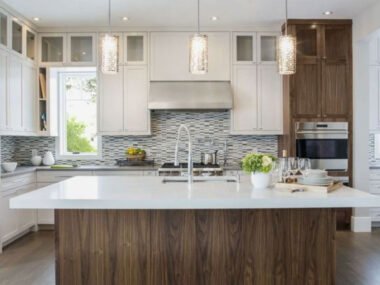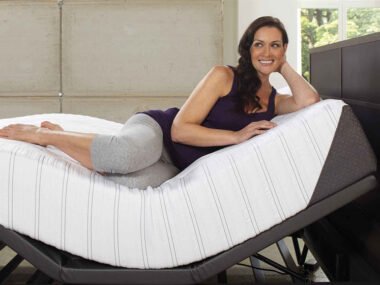A deck that’s warped, splintered, or spongy underfoot isn’t just an eyesore—it’s a safety hazard and a drain on your wallet. Constant repairs, staining, and board replacements add up quickly, especially in Washington’s damp climate where traditional wood can rot in as little as 10–15 years. If your outdoor space has reached the point of no return, it might be time to replace your old, rotted deck with a modern composite upgrade that delivers long-term savings and hassle-free enjoyment.
Why Rotted Decks Cost You More Than You Think
- Endless Maintenance Bills
Annual staining, sealing, and board swaps often cost $400–$700 each season for an average-sized deck. - Safety Liabilities
Soft joists, loose rails, and hidden decay increase the risk of injuries—opening the door to costly medical or legal expenses. - Property Value Decline
Real-estate data shows buyers will negotiate 3-5 % off listing prices when a deck looks neglected or unsafe.
Replacing a failing deck with a premium composite surface removes these ongoing costs, boosts curb appeal, and adds value you can recoup at resale.
Composite Decking: A Smart Upgrade for Washington Homes
| Feature | Traditional Wood | Composite Boards |
| Lifespan | 10–15 years (treated) | 25–30 years or more |
| Annual Upkeep | Stain, seal, replace boards | Simple soap-and-water wash |
| Moisture Resistance | Prone to rot and warping | Impervious to water and insects |
| Cost Over 20 Years* | $25k – $30k | $15k – $20k |
*Includes average installation, repairs, and maintenance in the PNW.
Key Advantages
- Moisture Shield: Composite boards are capped with polymers that repel rain, snow, and morning dew—perfect for the Pacific Northwest.
- Color Retention: UV-stabilized pigments resist fading, so your walnut or driftwood tone stays rich year after year.
- Sustainability: Many brands use up to 95 % recycled content, turning plastic waste and reclaimed sawdust into durable decking.
How Composite Saves Money in the Long Run
- No Re-Staining or Sealing
Skip decades of paint, brushes, and weekend labor. - Lower Repair Frequency
Boards don’t crack or splinter, reducing replacement costs. - Energy-Efficient Manufacturing
Some manufacturers offset carbon output, which can qualify homeowners for green tax incentives. - Higher Resale ROI
Remodeling Magazine’s Cost vs. Value Report shows composite decks recoup up to 70 % of their cost in Western markets—often outperforming wood.
Budget Tips for a Cost-Effective Composite Replacement
- Reuse the Substructure (If Sound)
Have a professional inspect joists and beams; reinforcing existing framing can cut project costs by 25–40 %. - Mix Materials
Combine composite surface boards with aluminum or steel railings to control price while adding visual interest. - Phase the Build
Install the main platform now and add built-in benches or planters later to spread out expenses. - Watch for Manufacturer Rebates
Seasonal promotions on surplus colors or board lengths can save hundreds.
If you’re unsure which blend of options fits your budget and aesthetic, partnering with a certified deck replacement contractor ensures you get honest recommendations, accurate quotes, and code-compliant workmanship.
Quick Installation Timeline
- Inspection & Demo – 1 day (assuming easy access)
- Framing Repairs/Upgrades – 1–2 days
- Composite Board Installation – 2–3 days (depends on size and pattern)
- Finishing Touches (railings, lighting, cleanup) – 1 day
Total: About a week for most decks—far less time than ongoing wood maintenance over the years.
Final Thoughts
Wood decks have charm, but Washington’s wet weather accelerates decay and ramps up upkeep costs. Composite decking offers a worry-free alternative that lowers lifetime expenses, boosts property value, and turns your deck into a durable extension of your living space. By replacing rotted boards now, you’ll trade constant repairs for decades of low-maintenance enjoyment—rain or shine.










